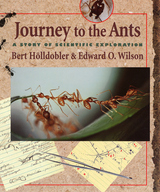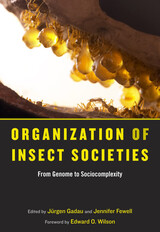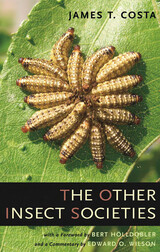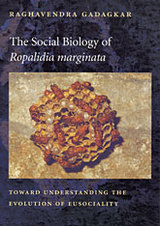


In this landmark volume, an international group of scientists has synthesized their collective expertise and insight into a newly unified vision of insect societies and what they can reveal about how sociality has arisen as an evolutionary strategy.
Jürgen Gadau and Jennifer Fewell have assembled leading researchers from the fields of molecular biology, evolutionary genetics, neurophysiology, behavioral ecology, and evolutionary theory to reexamine the question of sociality in insects. Recent advances in social complexity theory and the sequencing of the honeybee genome ensure that this book will be valued by anyone working on sociality in insects. At the same time, the theoretical ideas presented will be of broad-ranging significance to those interested in social evolution and complex systems.


In this book, the biologist Raghavendra Gadagkar focuses on the single species he has worked on throughout his career. Found throughout southern India, Ropalidia marginata is a primitively eusocial wasp--a species in which queens and workers do not differ morphologically and even the latter retain the ability to reproduce. New colonies may be founded by a single fertile female or by several, which then share reproductive and worker duties.
R. marginata has provided Gadagkar with a unique opportunity to study the evolution of eusociality; its long-lived dynasties can continue almost indefinitely, as old or weakened queens are replaced by young and healthy ones and new colonies are founded throughout the year. Understanding such primitively eusocial species is crucial, Gadagkar argues, if we are to understand the evolution of the greater degrees of sociality found in other wasp species and in ants, termites, and bees. His years of study have led him to believe that ecological, physiological, and demographic factors can be more important than genetic relatedness in the selection for or against social traits.
READERS
Browse our collection.
PUBLISHERS
See BiblioVault's publisher services.
STUDENT SERVICES
Files for college accessibility offices.
UChicago Accessibility Resources
home | accessibility | search | about | contact us
BiblioVault ® 2001 - 2024
The University of Chicago Press









